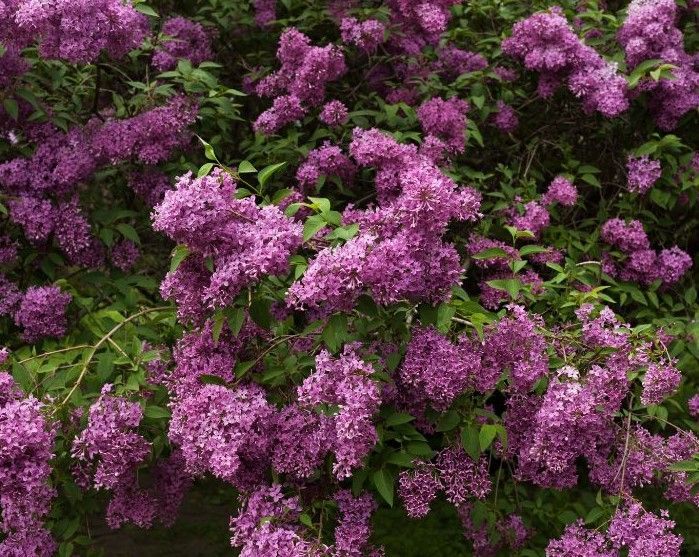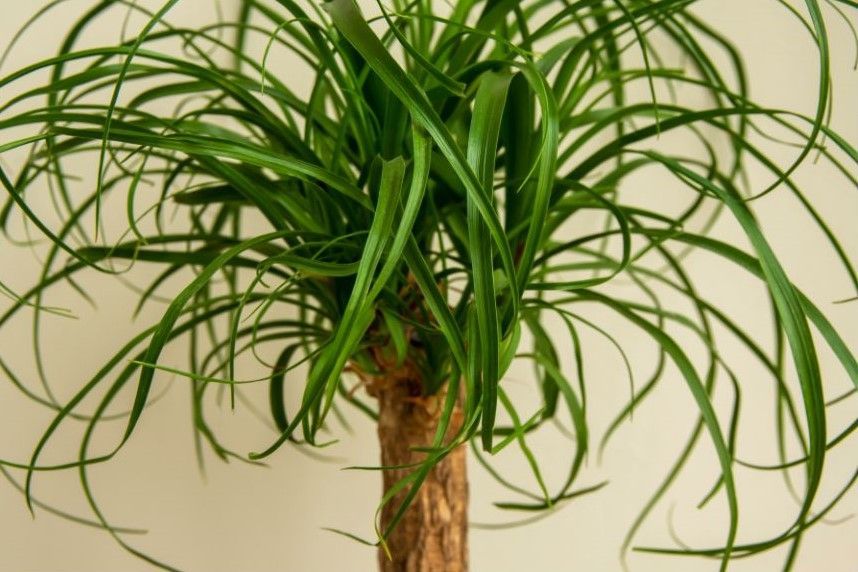The Eucalyptus Tree
Eucalyptus trees are renowned for their distinctive aroma, rapid growth, and versatility. Native to Australia, these trees have spread worldwide, finding uses in various industries and becoming popular in landscaping.
Appearance and Habit
Eucalyptus trees can range from small shrubs to towering giants over 200 feet tall. They typically have a straight, slender trunk with a canopy that can be either open and airy or dense and bushy, depending on the species. The bark varies significantly among species, ranging from smooth and rough to fibrous or peeling in long strips, and the color can span from creamy white and light gray to brown and reddish hues. Eucalyptus leaves are generally long, narrow, and lance-shaped. Young leaves are often rounder and more blue-gray, while mature leaves are greener and more elongated, emitting a strong, aromatic fragrance when crushed. The flowers of the eucalyptus are small and clustered, usually white, yellow, pink, or red, and rich in nectar. The fruit is a woody capsule often referred to as a "gumnut," which contains numerous tiny seeds.
Species and Varieties
There exists a variety of eucalyptus species, each with distinct features and applications. Below we have listed a few varieties for your consideration.
- Rainbow Eucalyptus (Eucalyptus deglupta): Easily identified by its colorful bark.
- Lemon Eucalyptus (Eucalyptus citriodora): Named for its leaves with a citrusy lemon aroma.
- Silver Dollar Tree (Eucalyptus cinerea): Popular in floral arrangements for its round, silvery-blue leaves.
- Blue Gum (Eucalyptus globulus): Known for its tall stature and medicinal oil, it's one of the most widely planted eucalyptus species worldwide.
- River Red Gum (Eucalyptus camaldulensis): Common along rivers and wetlands, known for its impressive size and durability.
- Mountain Ash (Eucalyptus regnans): One of the tallest tree species in the world.
General Care
Eucalyptus trees are relatively low-maintenance but thrive best under certain conditions. They prefer warm, temperate climates and are frost-sensitive, though some species can tolerate colder conditions with protection from extreme cold. These trees are adaptable to various soil types but thrive in well-drained soils, struggling in waterlogged conditions. While established eucalyptus trees are drought-tolerant, young trees need regular watering until their root systems are well-developed, ensuring the soil remains moist but not waterlogged. They require full sun to grow optimally and should be planted in a location where they receive at least six hours of direct sunlight daily. Regular pruning helps maintain the tree's shape and encourages healthy growth by removing dead or damaged branches to prevent disease and pests.
Ecological and Economical Uses
Eucalyptus trees offer a wide range of uses, making them valuable in various sectors. Eucalyptus oil, extracted from the leaves, is widely used for its medicinal properties and is a common ingredient in cough syrups, throat lozenges, and topical ointments for its anti-inflammatory and antiseptic qualities. The wood is strong and durable, making it suitable for construction, flooring, furniture, and paper production, with some species specifically cultivated for their high-quality timber. Due to their rapid growth and attractive appearance, eucalyptus trees are popular in landscaping, providing shade, serving as windbreaks, and being used in reforestation projects. Many species are grown for their aesthetic appeal, featuring striking bark, foliage, and flowers, and are often planted in parks, gardens, and along streets. Additionally, eucalyptus trees are known for their ability to absorb large amounts of carbon dioxide, making them beneficial for carbon sequestration, and they also help in soil stabilization and the reclamation of degraded land.
By understanding the eucalyptus tree's physical characteristics, proper care requirements, and versatile uses, one can appreciate its contribution to both natural ecosystems and human industries. Whether for practical applications or ornamental purposes, eucalyptus trees are a remarkable addition to any environment.

Sign up for monthly newsletters!
From easy tree care practices to fun DIY projects, we've got something for everyone.

Interested in what we can do for you?
Call us at 610-648-0404 or book an appointment online.

Sign up for monthly newsletters!
Get our latest articles, delivered right to your inbox. No spam, ever.
Check out the latest...
Sign up for monthly newsletters!
From easy tree care practices to fun DIY projects, we've got something for everyone.






WHAT WE DO
WHO WE ARE
Join the Tree Society newsletter
Get monthly articles on the latest in the tree care industry, curated by people deeply passionate about environmental stewardship.



